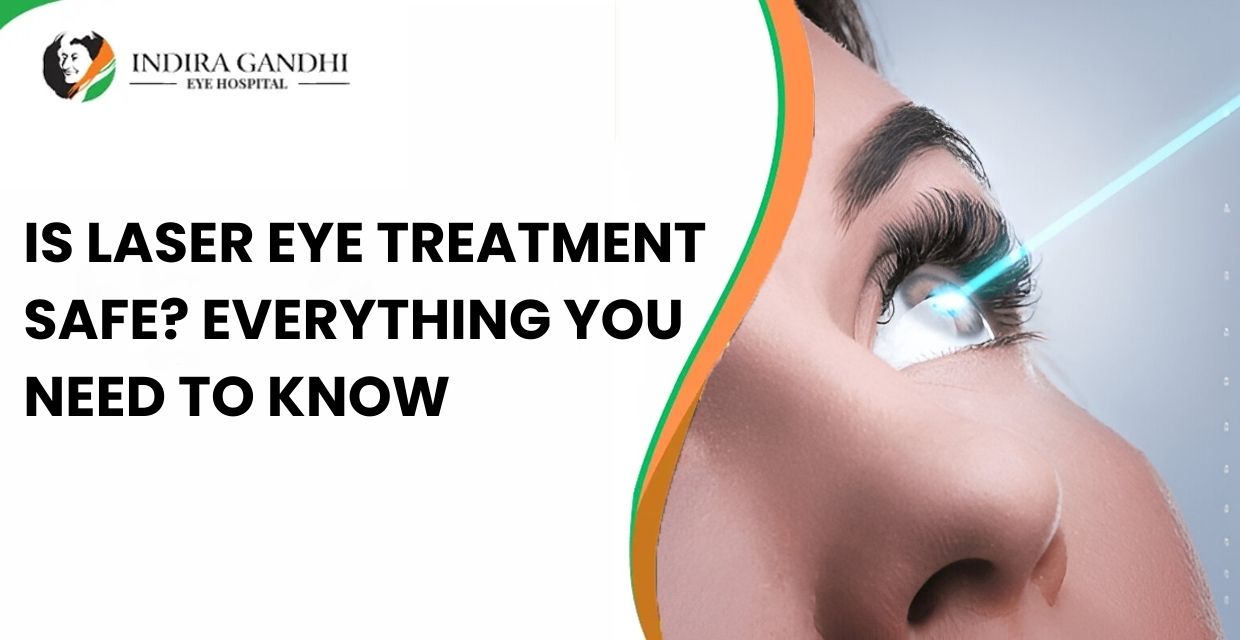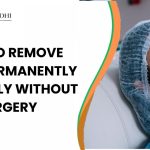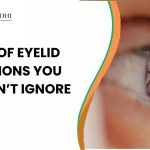|
Getting your Trinity Audio player ready...
|
Laser eye treatment has revolutionized the way we correct vision problems, offering an alternative to glasses and contact lenses. For many, the idea of achieving clear vision with a simple procedure is life-changing. However, a common question lingers in the minds of potential candidates: Is Laser Eye Treatment Safe? In this detailed guide, we’ll explore the safety of laser eye treatment, how it works, who it’s for, and what you can expect before, during, and after the procedure.
What Is Laser Eye Treatment?
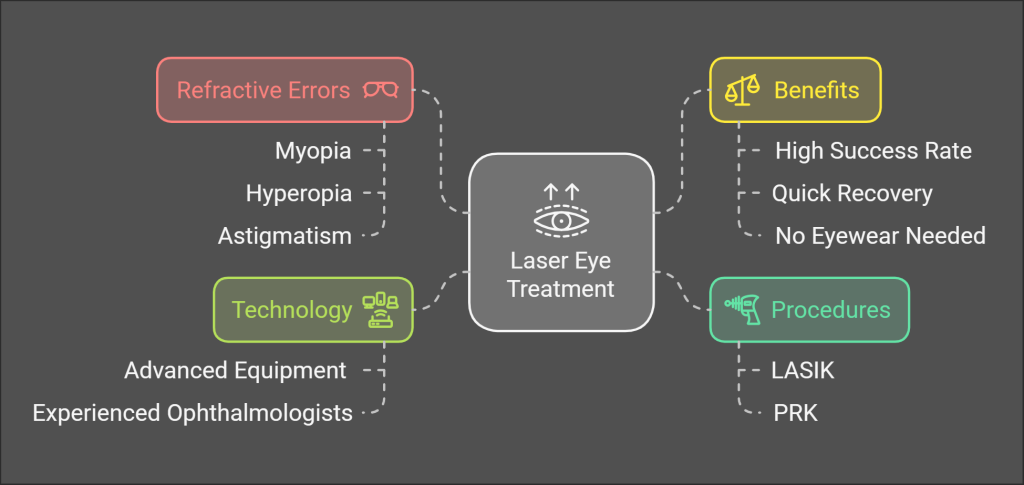
Laser eye treatment, commonly known as LASIK (Laser-Assisted In Situ Keratomileusis) or PRK (Photorefractive Keratectomy), is a surgical procedure designed to correct refractive errors such as myopia (nearsightedness), hyperopia (farsightedness), and astigmatism. By reshaping the cornea using a laser, these treatments improve how light focuses on the retina, resulting in sharper vision.
This procedure has gained immense popularity due to its high success rate, quick recovery time, and the convenience of living without corrective eyewear. It’s performed by experienced ophthalmologists using advanced technology to ensure precision and safety.
Is Laser Eye Treatment Safe?
The safety of laser eye treatment has been extensively studied and proven through decades of clinical practice and millions of successful surgeries worldwide. The procedure is considered safe when performed by a qualified and experienced eye surgeon. Modern advancements in technology and stringent medical protocols further enhance its safety profile.
Complications from laser eye treatment are rare, and most issues are minor and temporary. For example, some patients may experience dry eyes or mild discomfort during the initial healing period. Serious complications, such as vision loss, are exceedingly rare, occurring in less than 1% of cases.
To ensure safety, it’s crucial to undergo a thorough preoperative evaluation. This includes a detailed examination of your eye health, corneal thickness, and refractive error. Not everyone is a suitable candidate for laser eye treatment, and identifying this early can prevent potential risks.
How Does Laser Eye Treatment Work?
Understanding how laser eye treatment works can help alleviate concerns about its safety. The procedure involves reshaping the cornea, the clear front part of the eye, to correct refractive errors. Here’s a step-by-step breakdown:
- Preoperative Assessment: Before the surgery, your eye doctor performs a series of tests to assess your eye health, corneal thickness, and vision requirements. This ensures you’re a suitable candidate.
- Anesthesia: During the procedure, numbing eye drops are applied to ensure you feel no pain or discomfort.
- Corneal Reshaping: In LASIK, a small flap is created on the cornea’s surface, which is then lifted to reshape the underlying tissue using a laser. In PRK, the outer layer of the cornea is removed to access the tissue.
- Healing and Recovery: The flap is repositioned (in LASIK), or the cornea regenerates (in PRK), and your eye begins the healing process. Most patients notice improved vision within 24 to 48 hours.
Benefits of Laser Eye Treatment
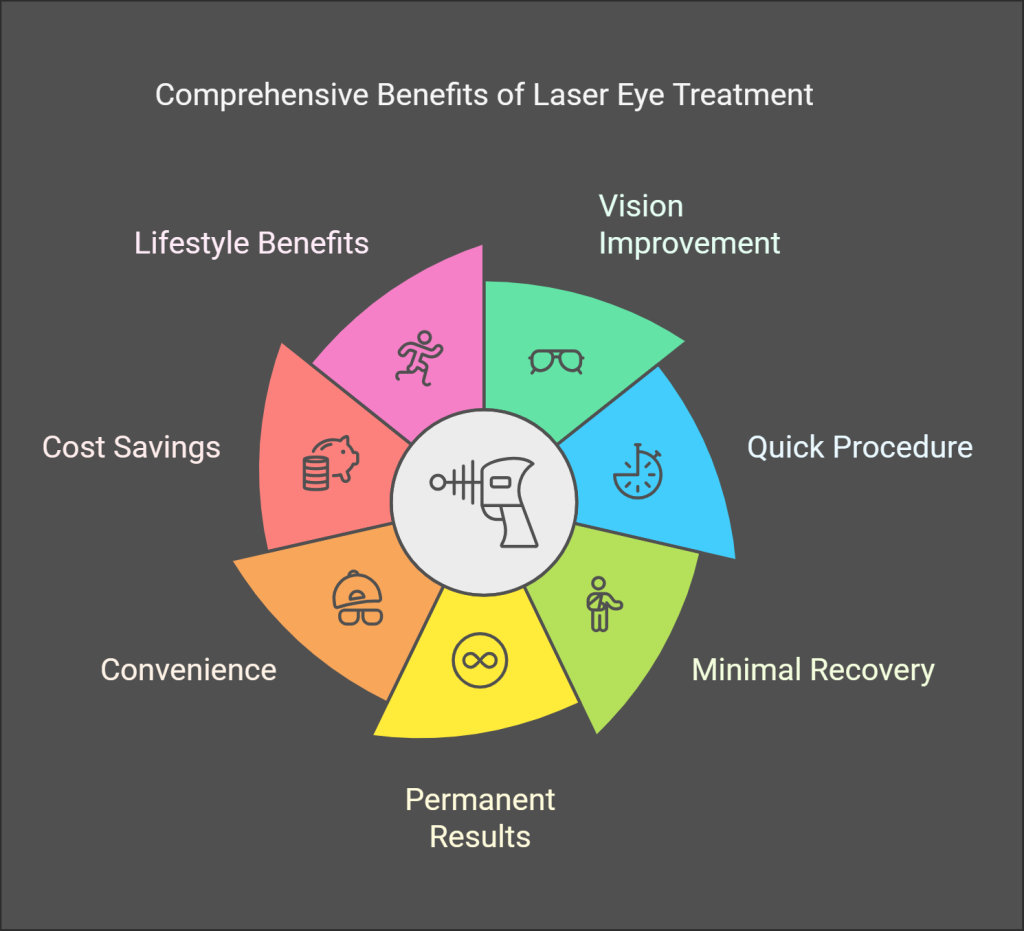
Laser eye treatment offers numerous advantages, making it a popular choice for vision correction. Most patients achieve 20/20 vision or better after the procedure, significantly improving their quality of life. The procedure typically takes less than 30 minutes, and recovery time is minimal. For most individuals, the results are permanent, with only minor age-related changes in vision over time. Additionally, laser eye treatment eliminates the need for glasses or contact lenses, offering convenience and cost savings over the years. Decades of clinical research and technological advancements have established the safety and efficacy of this procedure.
Beyond these advantages, laser eye treatment also provides significant lifestyle benefits. Athletes and individuals with active lifestyles particularly benefit from the freedom of clear vision without corrective eyewear. The convenience of waking up with clear sight and the ability to participate in various activities without the hindrance of glasses or contacts is life-changing for many.
Who Is a Good Candidate for Laser Eye Treatment?
While laser eye treatment is safe and effective for many individuals, it’s not suitable for everyone. Ideal candidates generally meet the following criteria:
- Age: You should be at least 18 years old, with a stable prescription for at least one year.
- Eye Health: Your eyes must be healthy, with no active infections, injuries, or severe dry eye syndrome.
- Corneal Thickness: Sufficient corneal thickness is necessary to ensure the procedure’s safety and efficacy.
- Stable Vision: Candidates must have a stable prescription, as fluctuating vision can affect the results.
- Realistic Expectations: While laser eye treatment significantly improves vision, it may not achieve perfection for everyone.
Your eye doctor will conduct a comprehensive evaluation to determine if you’re a suitable candidate for the procedure. Pregnant or breastfeeding individuals may be advised to postpone the surgery until their hormonal levels stabilize, as these can temporarily affect vision.
Risks and Complications
Although laser eye treatment is considered safe, it’s essential to be aware of potential risks and complications. Temporary dryness is common during the healing process, and your doctor may recommend artificial tears to alleviate this. Some patients may experience glare or halos around lights, especially at night; these symptoms typically diminish over time. In rare cases, undercorrection or overcorrection may occur, requiring additional surgery to achieve the desired results. As with any surgical procedure, there’s a minimal risk of infection, which can be mitigated with proper post-operative care. Specific to LASIK, issues with the corneal flap are rare but possible.
Understanding these risks and discussing them with your surgeon can help set realistic expectations and alleviate concerns. Adhering to pre- and post-operative care instructions plays a significant role in minimizing these risks.
Advances in Laser Eye Technology
Recent advancements in laser eye technology have further enhanced the safety and precision of these procedures. Wavefront-guided LASIK, for example, provides customized treatment based on the unique characteristics of your eye, resulting in improved outcomes and fewer complications. Similarly, femtosecond lasers allow for blade-free LASIK, eliminating the need for a mechanical blade and reducing the risk of flap complications.
These innovations demonstrate the ongoing commitment to improving patient safety and satisfaction in laser eye treatment. Technologies like SMILE (Small Incision Lenticule Extraction) have also emerged, offering minimally invasive options for vision correction. SMILE is particularly beneficial for individuals with high prescriptions or thinner corneas, expanding the pool of eligible candidates.
Post-Operative Care
Proper post-operative care is crucial for a smooth recovery and optimal results. Your doctor will provide detailed instructions, which may include avoiding rubbing your eyes for the first few weeks and using prescribed eye drops to prevent infection and reduce inflammation. Protecting your eyes from bright light and UV exposure is also essential during the healing period. Attending follow-up appointments to monitor healing and progress ensures any issues are addressed promptly.
Sleeping with protective shields or goggles for the first few nights can help prevent accidental rubbing. Additionally, avoiding swimming pools, hot tubs, and saunas during the initial recovery period minimizes the risk of infection. By adhering to these guidelines, you can minimize risks and enjoy the full benefits of laser eye treatment.
For those considering laser eye treatment, the Best Eye Hospital in Lucknow offers advanced technology and experienced specialists to ensure a safe and successful procedure.
Myths About Laser Eye Treatment
There are several misconceptions surrounding laser eye treatment. The procedure is virtually painless, thanks to numbing eye drops used during surgery. While younger individuals are common candidates, older adults with healthy eyes can also benefit. For most patients, the results are long-lasting, with minimal changes over time. Most patients resume normal activities within a day or two after the procedure, making it a convenient solution for vision correction.
Conclusion
So, Is Laser Eye Treatment Safe? The answer is a resounding yes, provided it’s performed by a qualified surgeon and you meet the necessary criteria. This life-changing procedure offers the freedom of clear vision without the need for glasses or contact lenses, backed by decades of proven safety and effectiveness.
If you’re considering laser eye treatment, consult with a trusted eye specialist to evaluate your suitability and discuss your options. At Indira Gandhi Eye Hospital, we offer advanced laser eye treatments performed by experienced professionals. Take the first step toward improved vision and book your consultation today.
By understanding the procedure, its benefits, and its potential risks, you can make an informed decision and look forward to a brighter, clearer future. From pre-operative assessments to cutting-edge technology, the journey to better vision is safer and more accessible than ever before.


